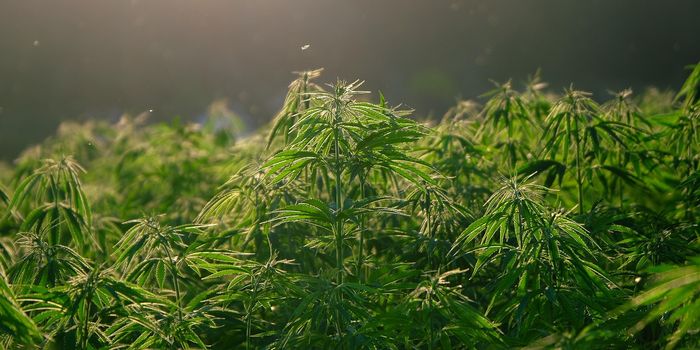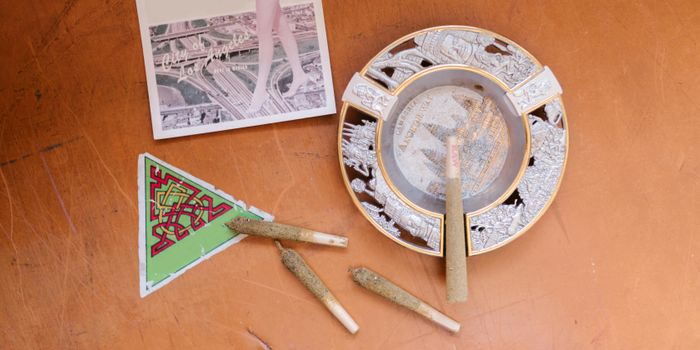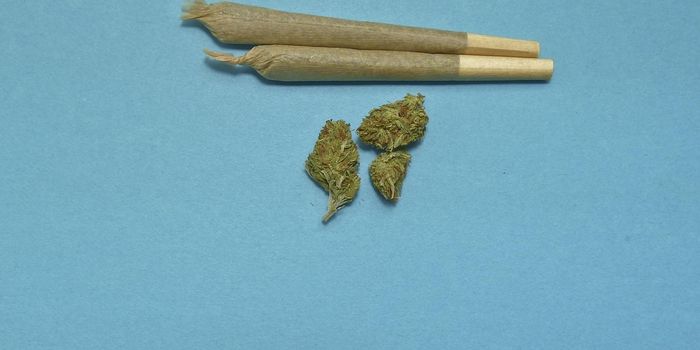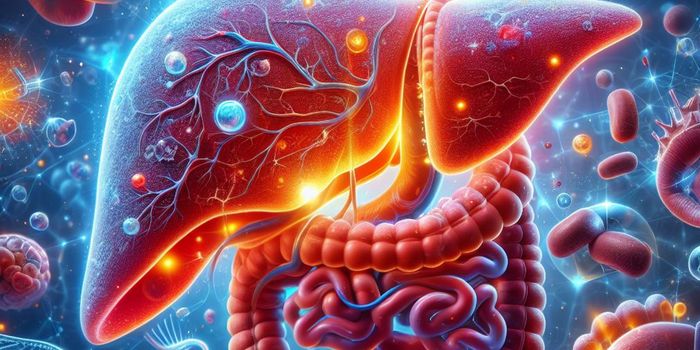Smoking Weed? Put Down that Beer.
Many users of marijuana tend to use marijuana as their sole drug of choice, despite cigarettes, alcohol, prescribed medications, and caffeine (coffee, soda, etc.). So, in a sense, we already have polysubstance use in marijuana smokers who claim that they only smoke or vape a single drug, marijuana. Poly-substance use is common in drug abusers and addicts. It is important to understand how drugs and their metabolites interact within the body and their effects on drug safety and subjective experiences.
Source: UnSplash.com
One of the most common polysubstance interactions is cocaine and alcohol. Taking these two substances causes a new substance to form: cocaethylene. The user effectively is on three substances now, perhaps unbeknownst to them. The dangers of cocaethylene cannot be overstated. According to a report published in 2009 in the medical journal Journal of Medical Toxicity, the combination of alcohol and cocaine results in longer-lasting euphoric effects. However, this comes with a price, as cocaethylene can lead to potentially lethal neurovascular or cardiovascular complications. The report suggests that the "synergism is likely multifactorial due to enhanced cocaine absorption, inhibition of cocaine elimination, and formation of active metabolites like cocaethylene".
But we are talking about marijuana here. Are there dangers if one uses pot while on something else? Polysubstance users are more likely to combine marijuana with nicotine, prescription drugs (taken as prescribed or illicitly) and alcohol. What happens neurologically when this happens? There is much more evidence describing the trends of polysubstance use in young adults than with how it affects the brain, in effect, the neurological picture is more opaque picture than our cocaethylene example. Nonetheless, there has been some genetic work to suggest that those with a mutation in the gene encoding for the nicotinic acetylcholine receptor (which responds to nicotine, hence the name) can predict the chances of polysubstance use subjects with this mutation.
Source: UnSplash.com
A study in Turkey found widespread and extensive smaller grey matter volume found at different regions of the frontal, temporal, occipital, and parietal lobes, cerebellum. Now while many substances were included, marijuana was the most frequently "other" substance compared to alcohol or nicotine. So it is difficult to parse out what role marijuana played in these neurological changes. You also cannot assume that the brain structures were not already there before the subject initiated substance use.
We do know a few things, mostly regarding alcohol. Mixing alcohol and cannabis is known as a "crossfade". Ingesting cannabis with alcohol increases the risk of a motor vehicle accident by 2-fold. This points to an increase in alcohol impairment by the addition of marijuana. Combining alcohol and marijuana combine to produce increased impairment. This may be due to a synergistic increase in the absorption of each substance. Weed before alcohol can increase THC blood levels through the opening of blood vessels in your digestive system by alcohol, which helps THC get absorbed.
All we really have to rely on are studies using biomarkers (such as grey matter volume or blood levels) or behavioral performance (e.g. driving, subjective responses) to test the effects of mixing alcohol and marijuana. One thing that a consumer of marijuana may want to know is that, for some reason, ingesting alcohol before weed, can lead to a "greening out", which consists of nausea, sweating, dizziness, and the sense of spinning ("the spins"). The neural mechanisms may not be elucidated yet, but these subjective experiences can point the way for neuroscientists to start looking.
Sources: wikipedia.org/wiki/cocaethyline, Journal of Medical Toxicity, National Institute on Drug Abuse - NIDA, Journal of Adolescent Health, Neuropsychopharmacology, Neuropsychiatric Disease and Treatment, Clinical Chemistry, tonic.vice.com, wikipedia.org/wiki/Biomarker










